
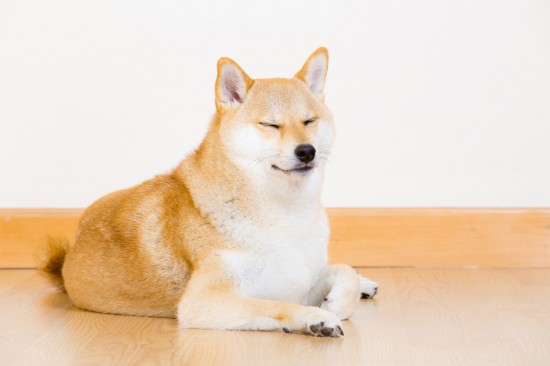
The Japanese Shiba Inu is one of the six spitz dog breeds that come from Japan, and is the smallest of all of them. They are small and agile, standing up to 17” tall at the withers and weighing up to 10kg, with females of the breed being smaller than males. The build of the Shiba Inu should be compact and muscular, and displays the typical spitz dog curled tail and pointed ears.
The breed is notable for being one of the most ancient of all dog breeds that still exists in virtually its original form, and has a distinct bloodline and ancestry that sets it apart from the other Japanese dog breeds such as the Akita Inu, which is somewhat similar in appearance but much larger.
The Shiba Inu coat is double layered, with a soft, thick undercoat and a straight, stiff top coat. Dogs of the breed can be seen in a range of colours, including black and tan, red, or sesame, and may have a buff, grey or cream undercoat. Some dogs of the breed are cream all over in colour, although not all kennel clubs and breed organisations recognise this colour within the breed standard.
If you are wondering if the Japanese Shiba Inu is the right choice of dog for you, it is important to research the breed in detail before committing to a purchase. In this article, we will examine the hereditary health and average longevity of the breed in more detail; read on to learn more.
The average lifespan of the Japanese Shiba Inu is 12-15 years, which is towards the top end of the scale across the board of all dog breeds of a similar size. This indicates that the Shiba Inu tends to be a robust and healthy breed, and not one that is apt to suffer from health problems that tend to shorten the average lifespan.
The coefficient of inbreeding statistic for the Shiba Inu breed is 6.9%, which is just a touch higher than the 6.25% or lower that is considered to be the ideal for pedigree dog breeds. Shiba Inu breeders are advised to reduce the coefficient of inbreeding figure within their own breed lines where possible, in order to improve the genetic diversity of the breed as a whole.
The build and shape of the Shiba Inu is considered to be robust, healthy and fit for life, and not prone to overtyping or exaggerations that may pose a threat to the general health of the breed. However, the very dense, thick coat of the breed does mean that they may have a tendency to overheat in hot weather, and care should be taken to ensure that the dogs can keep cool during the summer months.
While the breed as a whole is considered to be generally robust and healthy, there are a couple of known health conditions that can affect dogs of the breed, and which are hereditary across the breed. The British Veterinary Association recommends pre-breeding tests of parent dogs, to identify the potential presence of these problems. Currently, the two conditions for which testing is advised are:
A small number of other health conditions are also recognised as occurring within the Japanese Shiba Inu gene pool too, but not with a high enough occurrence rate that pre-breeding testing is widely advised. However, Shiba Inu owners should make themselves aware of the following hereditary health conditions that can affect some breed lines:
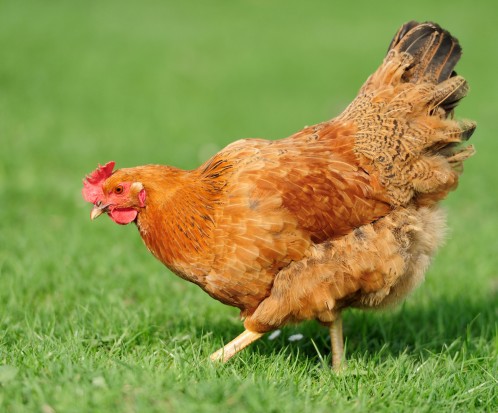 Healthy Skin And Feathers In Chickens
Healthy Skin And
Healthy Skin And Feathers In Chickens
Healthy Skin And
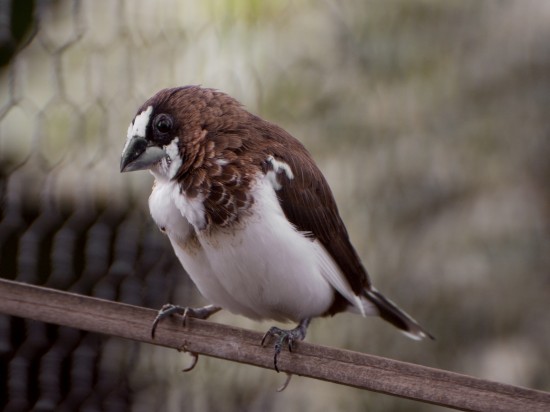 Common Illnesses In Finches
Common Illnesses
Common Illnesses In Finches
Common Illnesses
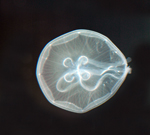 Jellyfish as Pets
A Jellyfish is a soft-shelled marine creature with a body l
Jellyfish as Pets
A Jellyfish is a soft-shelled marine creature with a body l
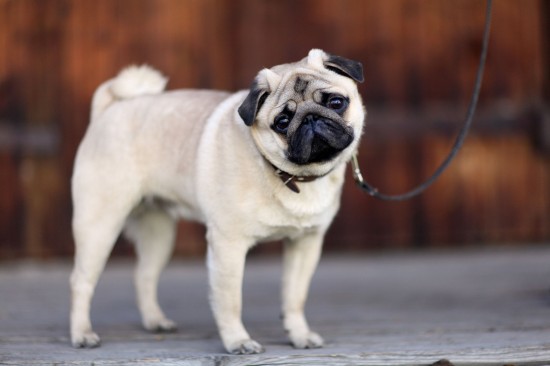 Petechiae In Dogs, And What This Indicates
Petechiae In Dogs
Petechiae In Dogs, And What This Indicates
Petechiae In Dogs
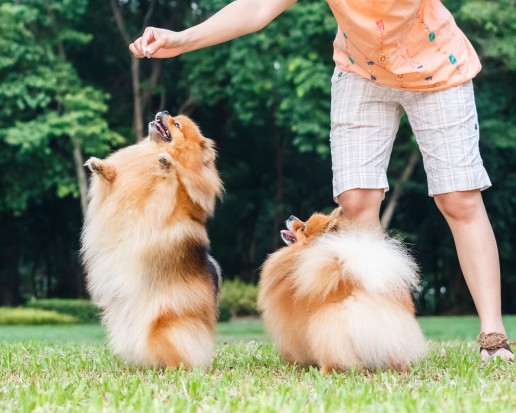 Training Your Dog Not To Beg Or Take Food From Other People
Training Your Dog
Training Your Dog Not To Beg Or Take Food From Other People
Training Your Dog
Copyright © 2005-2016 Pet Information All Rights Reserved
Contact us: www162date@outlook.com